After a long cold winter, pollinators are on the wing looking for food. Early spring nectar is particularly important for early-emerging queen bumble bees and other solitary bees, as well some butterflies, and pollinator flies and beetles. When daytime temperatures edge up into the 50 degree+ mark you might notice them buzzing about. Their options are limited in these very early months before the flowering fruit trees kick into bloom, but if you’ll plant a few of the nectar sources below, you can help them start the season all fat and happy.
These are just a small selection of plants that are valuable sources of early season nectar. Please consult with your local garden center for even more great option. Plants here are divided by groups of regions, but do know that as plant zones often overlap, it’s a good idea to look at all options here. A few extra tips on how to attract pollinators are at the bottom of this post.
Note that “early spring” is a relative term and depends on when spring comes to your region! Questions? Comment below and check out other great ideas on Monrovia’s Grow Beautifully Blog!
Zones 4-9
Bees flip for the lacy blue flowers that rise above the foliage of this chocolate-brown spring-blooming groundcover. Great in containers, around shrubs or between stepping stones. Partial to full sun.
ZONE 3 – 7
|
|
|
Very early food source with heart-shaped pink flowers that dangle from long wands. Perfect for woodland gardens and under larger shade trees. Full to partial shade. |
Large clusters of reddish-purple, fragrant flowers and blooms a week or so earlier than common lilacs. Very useful in very cold zones. Up to 8′ tall, 6′ wide. Full sun.
|
|
|
|
Catkins (the flowers of willows) smothered in pollen and laden with nectar are a big draw for pollinators such as bees. Small tree, up to 8′ tall, 6′ wide. Full sun. |
Pollinators such as just-waking-up insects and bees flock to this very early bloomer. Full shade to partial sun. |
|
|
|
Upright, non-vining, shrubby habit and solitary, nodding, bell-shaped, indigo blue flowers. Good mid-season nectar source and low habitat option. Partial to full sun.
|
Bees love dogwoods, and this early bloomer can be grown as a low-branching, multi-stemmed shrub or small garden tree. Up to 20′ tall and wide. Partial to full sun. |
Zone: 6-8
|
|
Zone: 6 – 10
Blueberries are the gift that keep on giving! Early spring flowers are a big draw for pollinators including returning butterflies. Up to 4′ tall and wide. Full sun. |
Native to the Southeast, this early flowering, fragrant, well-mannered, vining plant is a favorite of native bees that have evolved with it. Partial to full sun.
|
|
|
|
Magnolias are associated with beetle pollinators, but that doesn’t mean the bees will pass them by! Right sized for smaller space. Up to 15′ tall, 12′ wide. Full sun.
|
Winter-active bees and some hoverflies seek out this nectar-rich (their primary carbohydrate) very early bloomer. Up to 10′ tall and wide. Full shade to partial sun.
|
|
|
|
Virtually problem-free, this delightful cool-season bloomer with upward facing blooms graces the dappled shade of woodland gardens. Full shade to filtered sun. |
Important food source for mason bees which typically emerge in early spring. Up to 5′ tall and wide. Partial sun.
|
ZONE 9 – 11
|
|
|
Redbuds are loved by hummingbirds, bees, butterflies, and other native pollinators. This has dark pink flowers in late winter to early spring. Up to 20′ wide, 15′ tall. Full sun. |
White-chocolate fragrance fills the late winter garden from the tiny yellow flower clusters on this large shade tolerant shrub. Up to 18′ tall. Filtered to full sun. |
|
|
|
Look for many different bee species on sunny days from late February through June! Dark cobalt blue buds are nectar and pollen laden. Up to 9′ tall, 12′ wide. Full sun. |
Pollinators love to snack on the sweetly fragrant flowers that open in late winter. Plant where you can enjoy the show. Up to 4′ tall and wide. Full shade to partial sun. |
|
|
|
Bees, butterflies, pollinating insects–everyone love the tiny flowers that bloom all year in mild climates. Bright-orange flowers are a butterfly magnet. Full sun. |
Aloes are typically pollinated by birds, but that doesn’t mean bees, hummingbirds and insects will take a pass. This is compact, heat and drought tolerant. Partial to full sun. |
TIPS FOR ATTRACTING POLLINATORS
By offering plants that flower from early spring until the first hard frost, your garden can help to provide nutrients for the entire life cycle of bumblebees and other pollinators. Remember, no garden is too small to help create habitat for pollinators. Combine your space with of those other gardens around you and it all adds up!Here are a few tips for attracting pollinators:Determine which pollinator-friendly plants are appropriate for your region.
- Plant lots of them. Make sure there is at least 3 x 3 feet of each plant species. These can be planted together, or in other areas of the garden.
- Limit your use of chemicals (both synthetic and organic) and use plenty of compost and mulch to build healthy soil. Healthy soils create healthy plants.
- Plan your garden so that there is something blooming for as many months as you can manage. Many pollinators, especially bees, forage during the entire growing season.
- Provide shelter by letting your yard get a little wild. Allow a hedge to grow untrimmed, leave a section of lawn unmowed, pile up grass cutting in a sunny spot, and create a nesting habitat by leaving some soil bare for ground nesting bees.
By Kate Karam, Editorial Director at Monrovia
Fine Gardening Recommended Products
Wagner's 52003 Classic Blend Wild Bird Food, 6-Pound Bag
Fine Gardening receives a commission for items purchased through links on this site, including Amazon Associates and other affiliate advertising programs.
Classic wild bird food uses the highest quality grains to attract backyard wild Birds. A high-quality mix containing Millet, milo, cracked corn and Sunflower for a wide range of wild birds to enjoy. Perfect for tube, hopper, or platform feeders. Great to feed in all seasons! Perfect for the winter, when seeds are scarce; spring and summer for hatchlings; and autumn to give energy to migrating birds. This seed will help you fill your yard with birds such as Jays, cardinals, doves, Juncos, finches, goosebeaks, any many more.
isYoung Birdlook® Smart Bird Feeder with Camera
Fine Gardening receives a commission for items purchased through links on this site, including Amazon Associates and other affiliate advertising programs.
Upgraded Dual Granary Bird Feeder. G11 Smart Bird Feeder with Camera – The upgraded dual granary design allows for separate food dispensing, giving birds the freedom to choose while preserving the food’s original taste. With a 2L extra-large capacity, it reduces the need for frequent refills. The drainage design ensures the food stays dry and prevents spoilage from rain. Ideal as a camera bird feeder for birdwatching enthusiasts. 2K HD Camera & Close-Up Bird Watching. Experience clear bird watching with the G11 smart bird feeder. This bird feeder with camera features a 170-degree wide-angle lens and a 1296P HD camera, ensuring vibrant images and videos. With AI-powered recognition, it can identify over 16,000 bird species (subscription required, first month free) and provides extensive birding knowledge. Its unique design helps attract more birds to your backyard. App Alerts & Super Night Vision. The smart bird feeder camera detects motion within 0.5 seconds and sends instant notifications through the "VicoHome" app. With a 2.4G Wi-Fi connection, you can view real-time updates on bird activity right from your app. The video bird feeder also features night vision, ensuring vibrant images and videos even in low light conditions. Ideal for wild bird feeders, this advanced functionality enhances your bird-watching experience day and night.
Monarch Butterfly Rescue Wildflower Seeds 4 oz.
Fine Gardening receives a commission for items purchased through links on this site, including Amazon Associates and other affiliate advertising programs.
HIGH QUALITY SEEDS and EXPERT GUIDANCE: Experience the quality seed difference. We are committed to providing the highest quality, open-pollinated, non-GMO/non-GE seeds to our customers, guaranteed. A trusted source of high quality seeds since 1985. ATTRACT MORE MONARCHS: We know seeds and we know pollinators! Our expertly crafted botanical garden seed mixes contain a wide variety of both perennials and annuals that are specifically designed to attract pollinators. Attract more Monarchs and Butterflies in general. Gardener tested, pollinator approved! All Of Our Wildflower Varieties Are 100% Pure Seed, They come with complete planting instructions. Compare and see the quality value. This Wildflower Seed Mix will make the perfect gift for those gardeners in your life.
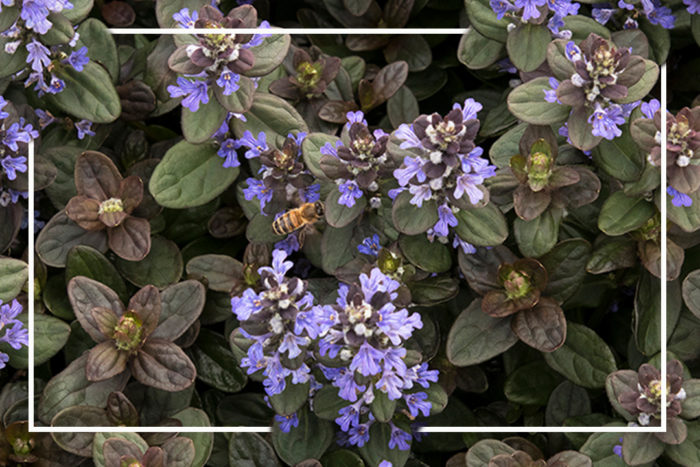
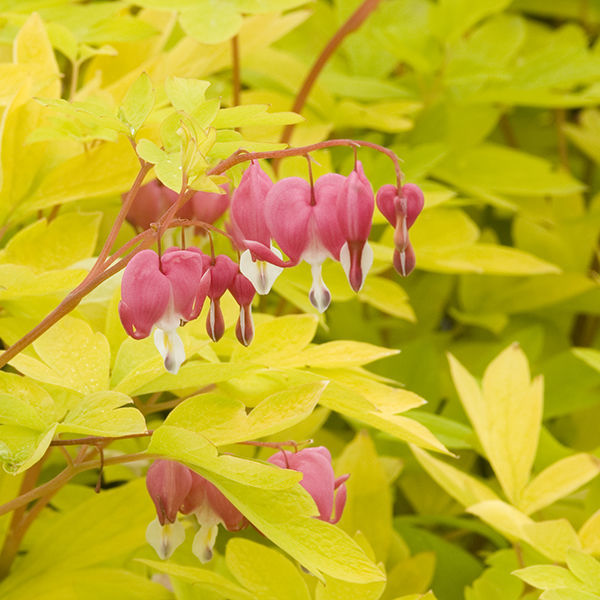
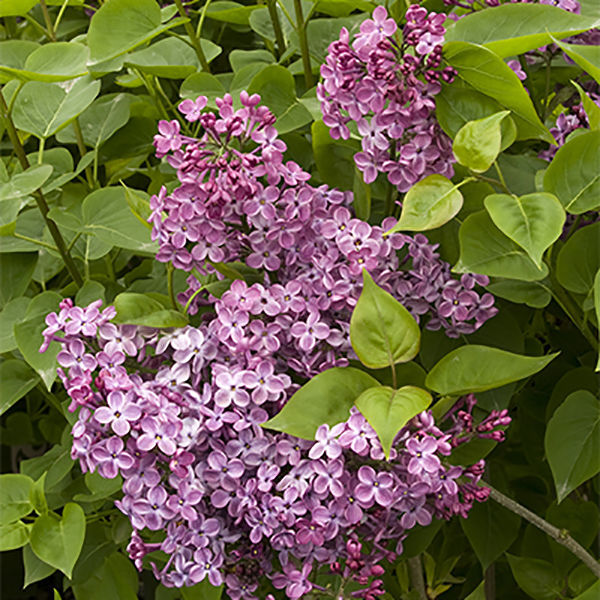

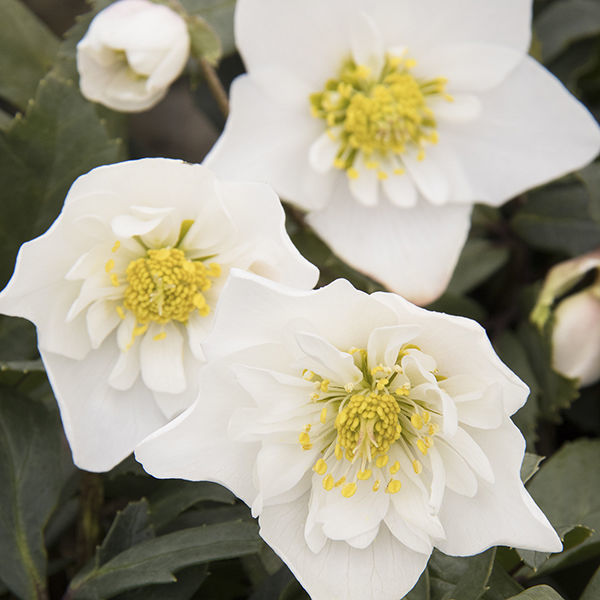
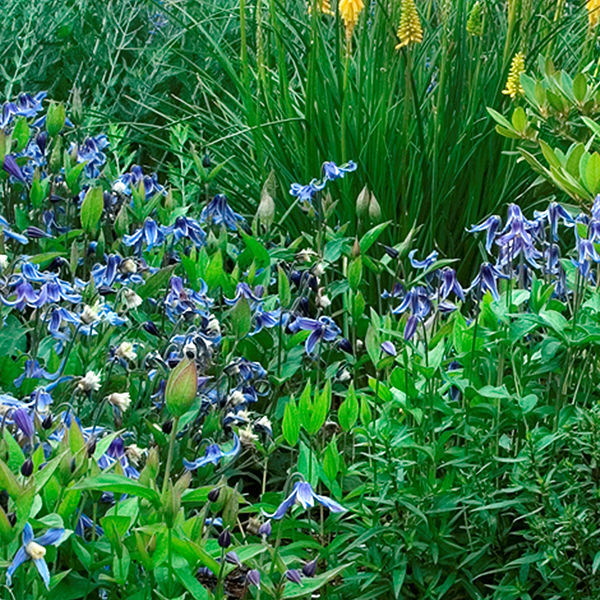
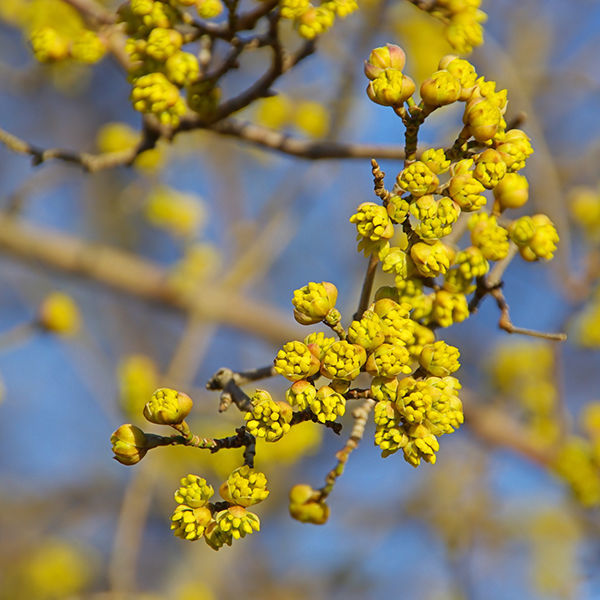
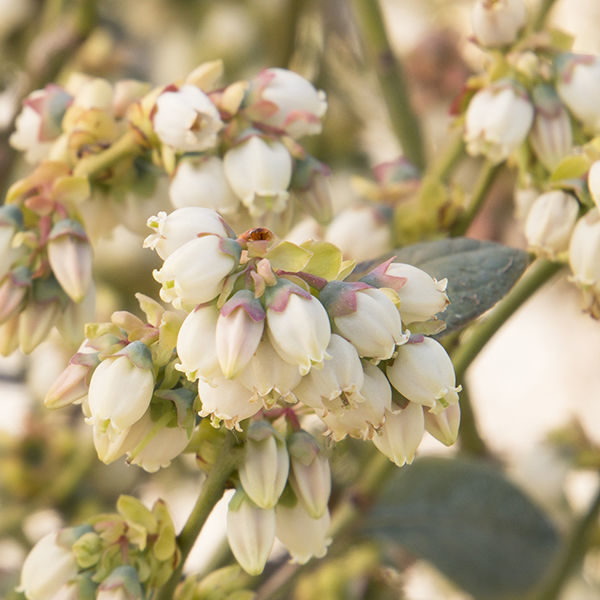
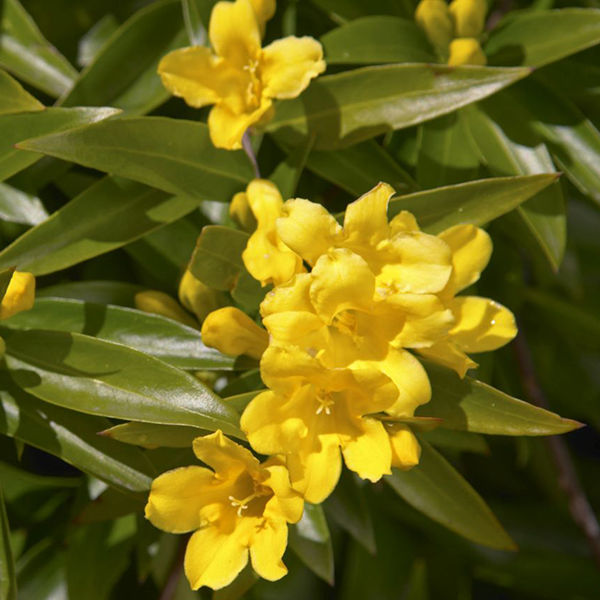

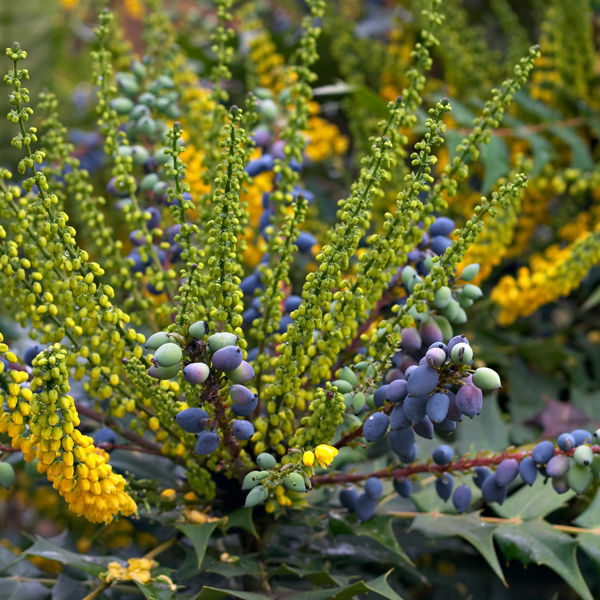
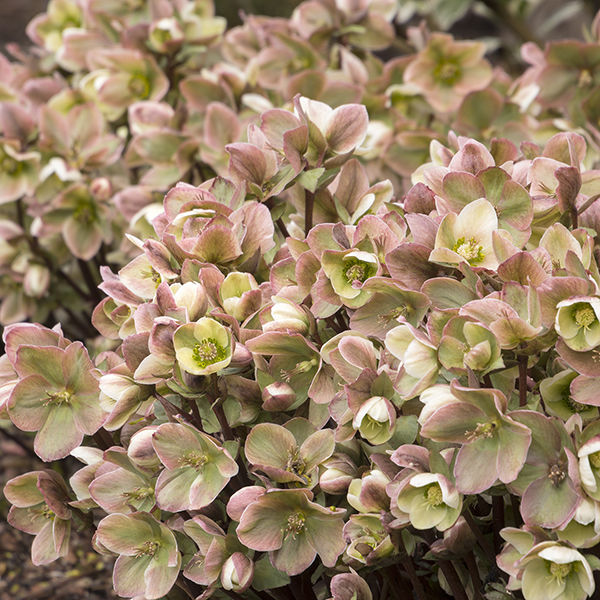
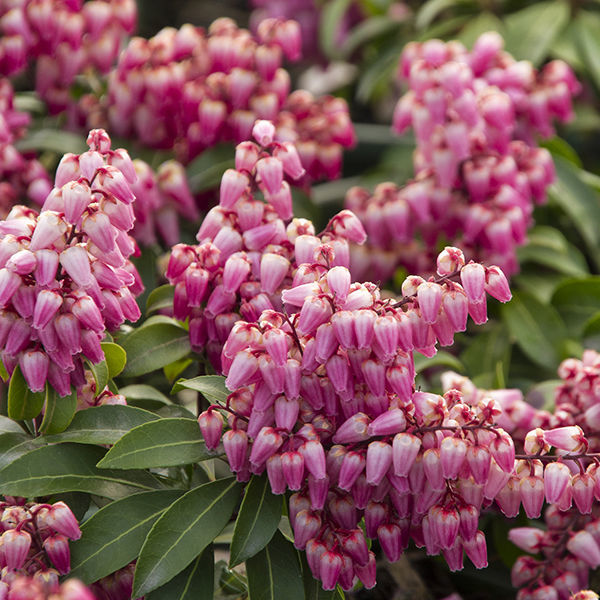
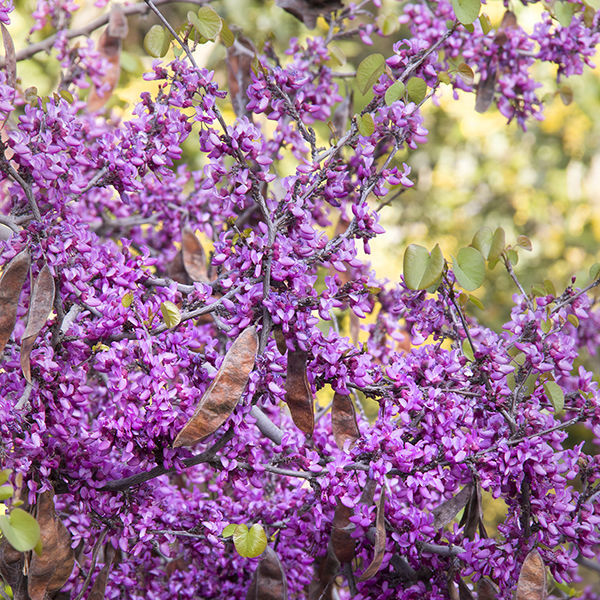
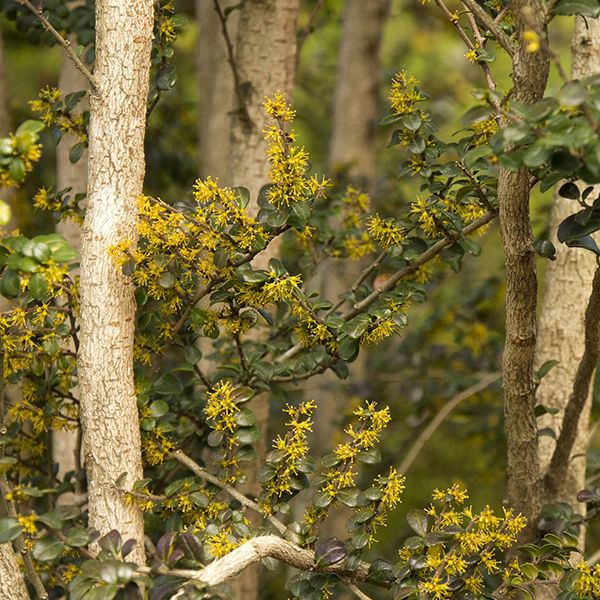
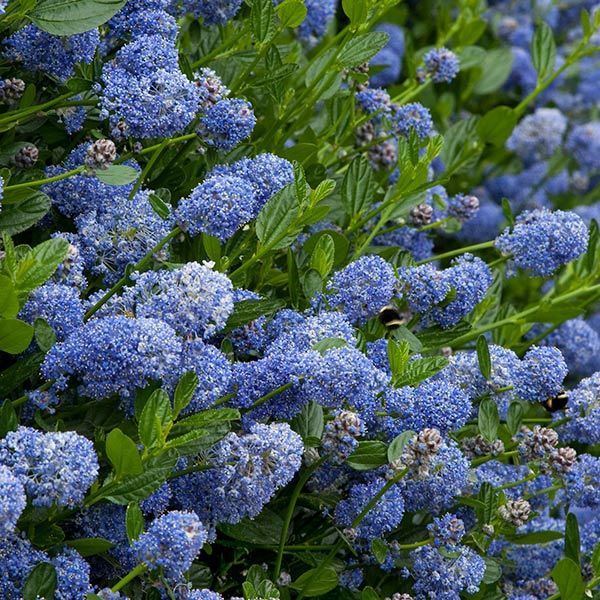
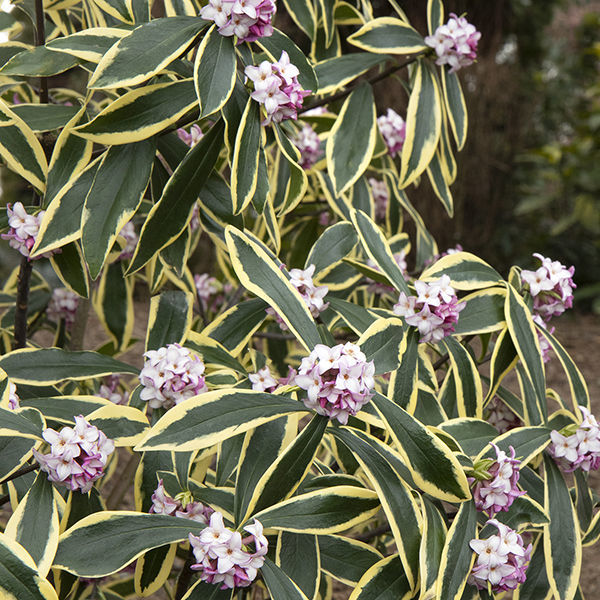
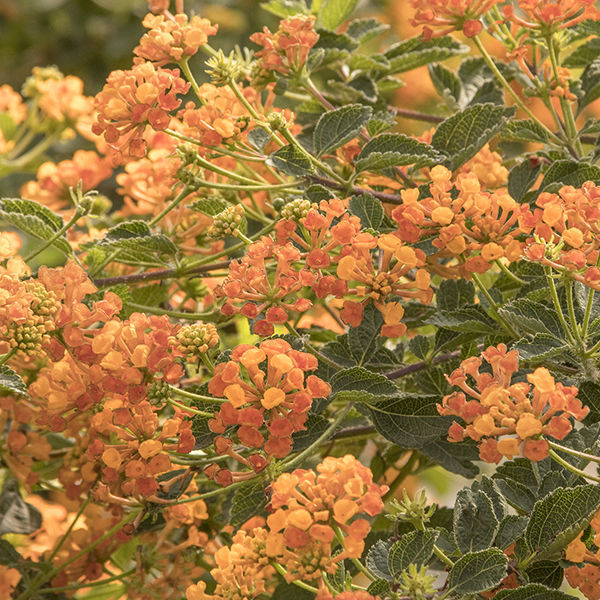

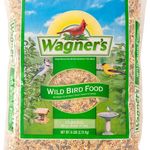
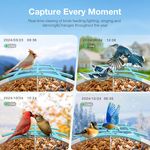
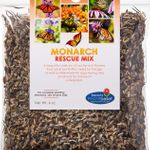


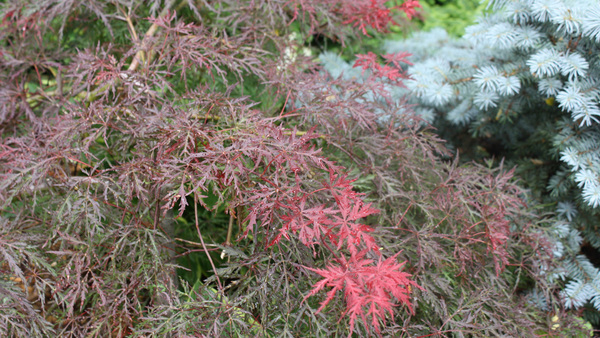

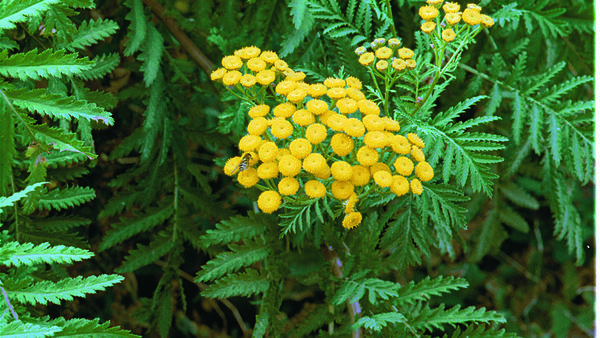
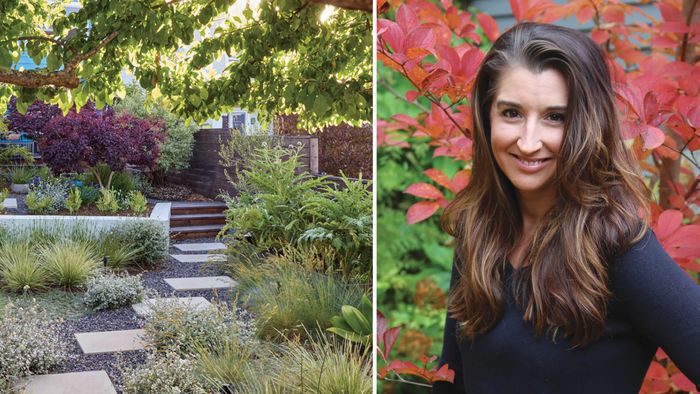
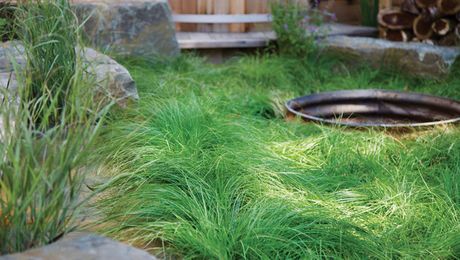
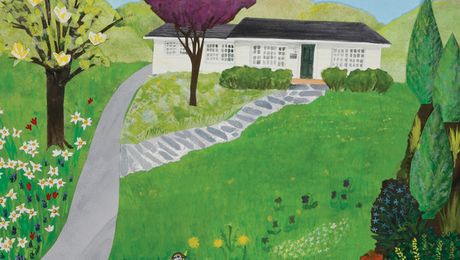
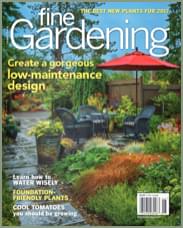

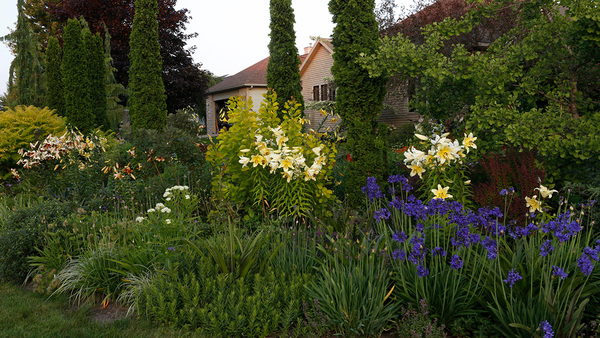



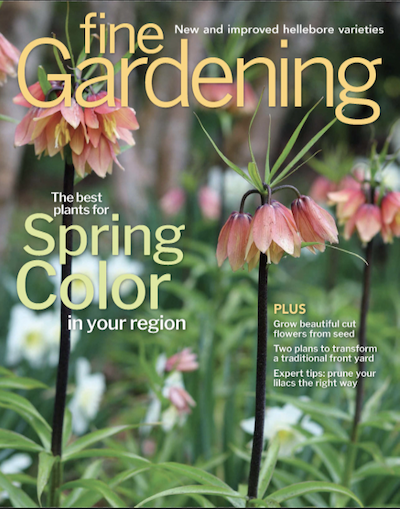



Comments
Log in or create an account to post a comment.
Sign up Log in